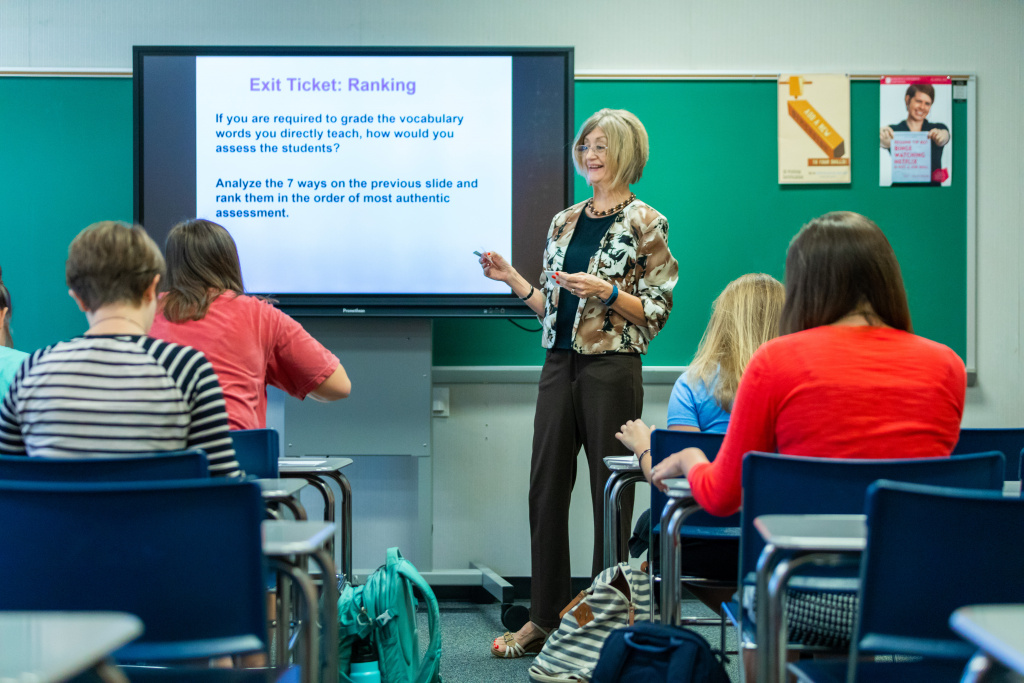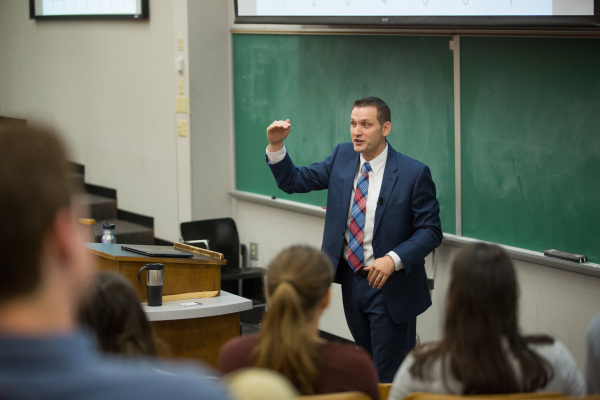Today’s generation, the 21st-century learner, is expected to be able to think outside the box. It is no longer enough to just memorize facts, dates, terms or formulas. Students today need to learn how to apply what they are learning and dig deep to know the “who, what, where, when and how” of the information. Critical thinking is all about making connections; identifying what information is important and relevant; and evaluating and reflecting on ideas, values and beliefs.
Why is critical thinking important?
First of all, critical thinking promotes good thinking skills. In today’s world we need to be able to have the skill to analyze information and solve problems.
Second, it enhances language and presentation skills. Students are better able to express ideas if they know how to make connections, and are able to evaluate and reflect on ideas.
Third, it promotes creativity. By teaching the students critical thinking they are then able to come up with new and different ideas and be able to adapt and modify them if necessary.
Finally, critical thinking is the foundation of science and important to our society today. Science is dependent on theories and experimentation. This, of course, requires the ability to question, analyze and solve problems. We hear a lot today about “fake news.” The media is full of information that is either false, biased or prejudiced. A good citizen needs to be able to be informed and make proper judgments to sort through that and be able to make an informed decision.
How can I encourage critical thinking in my classroom?
Ask open-ended questions.
Start with asking open-ended questions. Instead of answering a question outright, help your students think critically by asking questions in return. For example: “What ideas do you have? What do you think is happening here? Tell me why you think that? How would you solve this problem?”
Don’t solve students’ problems for them.
Next, don’t solve all their problems immediately. Sometimes it is just easier and faster to solve a problem or do it yourself. Instead, scaffold. Ask questions that will help the student to solve their own problems. Build upon what they know and guide them to greater heights. Math is a good example of this. Don’t tell the student what they did incorrectly. Encourage them to talk through the problem and show you what they did and why they did it. Many times they find their own mistakes and come up with the right answer themselves.
Help students to develop a hypothesis.
Students have lots of ideas of what they want to do and how they want to do it. Encourage them to think through what they do. Ask questions like, “If we do this, what do you think will happen?” or “Let’s predict what we think will happen next.” Help them to think in new and different ways. It’s OK for students to think differently than we do, but help them to develop their problem-solving skills by asking, “What other ideas could we try?”
Facilitate collaboration.
Collaboration is a key term in this area. Life is all about making connections and collaborating with others. Organize your students into small groups to work on projects together. This encourages them to be successful by working together toward a common goal.
Use objectives from the higher levels of Bloom’s Taxonomy.
Last, but certainly not least, we as teachers need to teach and use objectives from the higher level thinking skills promoted by Bloom’s Taxonomy. Think of the objectives in your lesson plans. Are you using higher level verbs such as design, compose, create or conclude which engage students in analysis, synthesis and evaluation? Or are you sticking with the easier verbs like define, label, list or discuss which are focused on knowledge or comprehension? Knowledge and comprehension are very important but are just the first two rungs of the ladder towards success in critical thinking. Push your students to climb higher by using higher level verbs in your objectives.
Students today are not satisfied with “because I said so.” They are more curious and want to know the reason why. We as educators need to build upon that curiosity. As Christians, we also need to teach them to know why they believe what they believe; not just because that is what they have learned all their lives. How does the information they are learning apply to their lives? This requires critical thinking skills.








